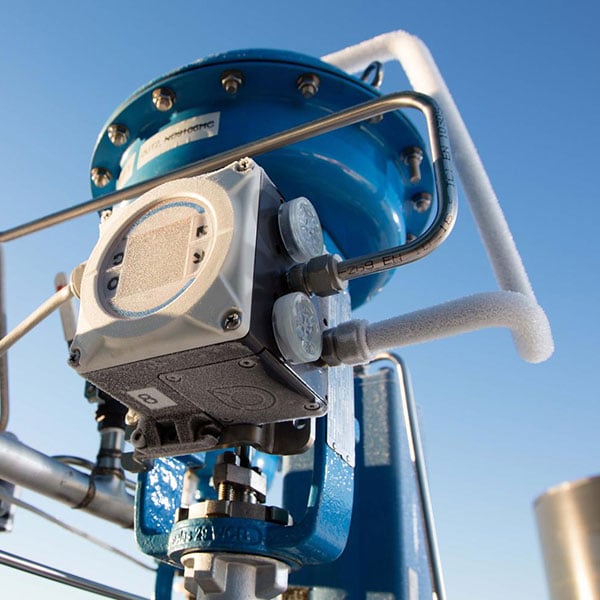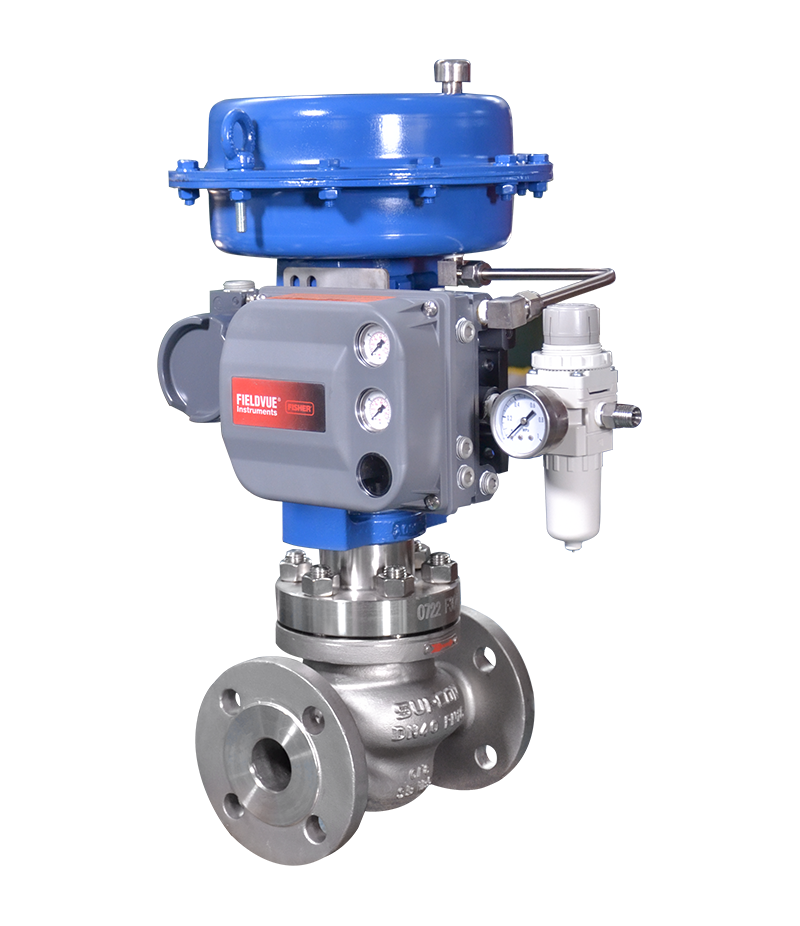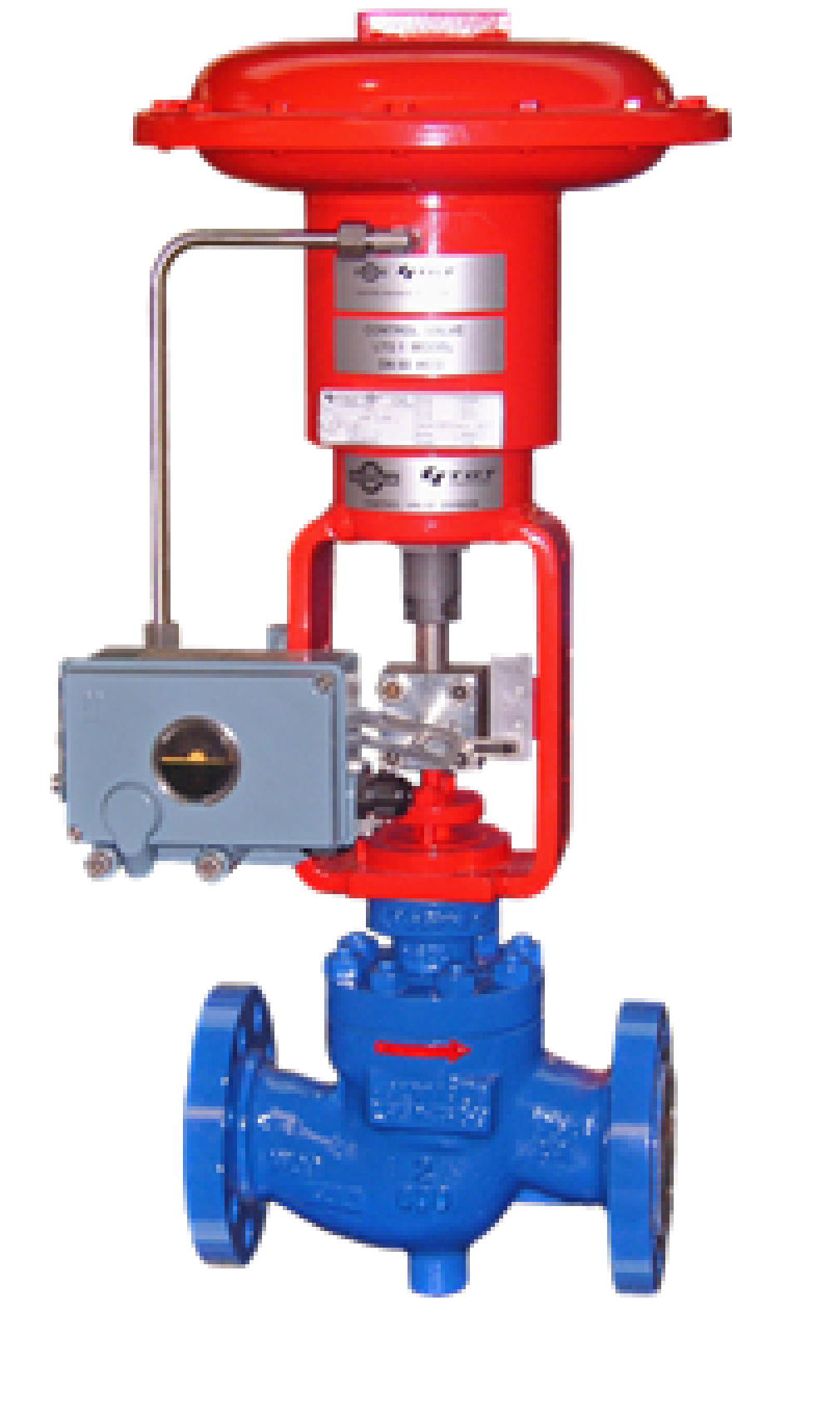Essential Factors to Consider When Selecting Control Valves
Essential Factors to Consider When Selecting Control Valves
Blog Article
Achieve Seamless Assimilation and Control With High Quality Building Automation Controls
In the realm of contemporary building monitoring, the relevance of quality structure automation controls can not be overstated. As technology remains to advance, the assimilation and control of various systems within a building have advanced to be a lot more effective and advanced. The seamless operation and surveillance of illumination, HEATING AND COOLING, security, and other structure functions have actually ended up being paramount for enhancing owner comfort, energy performance, and overall functional performance. The journey in the direction of accomplishing true assimilation and control is a multifaceted one, with considerations varying from system compatibility to cybersecurity. Accepting quality building automation controls is not merely a matter of ease yet a tactical essential for organizations aiming to enhance their centers' efficiency and sustainability.

Advancement of Building Automation Controls
Throughout the previous few years, the development of building automation controls has considerably transformed the means buildings are managed and run. Developing automation systems largely focused on fundamental features such as regulating home heating, air, and ventilation conditioning (HVAC) systems. As innovation progressed, these controls have actually come to be more sophisticated, enabling for a broader range of building systems to be incorporated and managed centrally.
The advancement of developing automation controls has actually seen a change in the direction of more intelligent systems that can adapt to altering conditions in real-time. This versatility is essential for enhancing power performance and making certain occupant comfort. Furthermore, contemporary structure automation controls currently offer functions such as predictive upkeep, remote monitoring, and data analytics, allowing facility managers to make data-driven choices to enhance building efficiency.

Benefits of High Quality Assimilation
The development in structure automation regulates towards even more smart systems has actually underscored the considerable advantages of quality integration in maximizing building operations and enhancing total efficiency. Quality combination of developing automation controls uses numerous vital benefits. It leads to enhanced power effectiveness by allowing different systems to function together flawlessly, guaranteeing optimal performance and reducing energy wastefulness. Quality combination enhances resident comfort and efficiency by making it possible for personalized control over environmental settings like temperature level, illumination, and air high quality. This modification can lead to a more helpful and comfortable working or living setting. Furthermore, quality combination streamlines maintenance and repairing processes, as all systems are adjoined and can be kept an eye on and controlled from a central user interface. This centralized control additionally offers far better presence and insights into structure performance, enabling positive maintenance and optimization techniques. On the whole, the benefits of quality combination in structure automation controls are undeniable, using increased efficiency, convenience, and operational effectiveness.
Improved Individual Experience and Availability
Enhancing individual interaction with building automation regulates via instinctive layout and enhanced ease of access raises the total experience for owners and facility managers alike. By concentrating on user experience, constructing automation systems can become extra effective and easy to use. Intuitive user interfaces, clear navigating, and adjustable settings encourage individuals to communicate with the controls easily and effectively.
Accessibility attributes play a critical function in making sure that all individuals, consisting of those with handicaps, can use the structure automation regulates effortlessly. Integrating features such as voice commands, responsive switches, and color-contrasted screens can boost accessibility and make the controls much more inclusive.
Additionally, boosted individual experience brings about higher customer satisfaction, raised performance, and far better decision-making. Passengers can readjust ecological settings according to their choices, while center supervisors can efficiently check and handle structure systems - control valves. Generally, focusing on customer find here experience and ease of access in structure automation regulates adds to a much more efficient and smooth structure environment for all stakeholders included
Lasting Practices Through Automation

In addition, automation can facilitate the combination of renewable resource resources such as solar panels or wind turbines right into structure operations. By immediately readjusting energy usage based upon the availability of renewable resource, buildings can additionally decrease their dependence on non-renewable resources. This smooth integration of lasting techniques not only benefits the environment but also boosts the general operational efficiency and cost-effectiveness of the structure. Via automation, buildings can align with modern sustainability goals and contribute to a greener future.
Future Trends in Structure Control Systems
In expectancy of progressing modern technologies and advancing sustainability practices, the trajectory of building control systems is positioned to embrace transformative methods and cutting-edge services. One famous fad shaping the future of structure control systems is the boosted combination of Artificial Intelligence (AI) and artificial intelligence. These innovations allow structures to adjust in real-time to altering conditions, maximizing power usage and improving comfort for residents. Furthermore, the Net of Points (IoT) is transforming structure control systems by attaching sensing units and gadgets to streamline procedures and enhance performance.
Another crucial trend is the emphasis on cybersecurity actions to protect against prospective threats to developing automation systems. As structures become more interconnected, ensuring durable cybersecurity procedures will certainly be vital to safeguard sensitive information and prevent unauthorized accessibility.
Furthermore, the change in the direction of cloud-based systems is gaining momentum, enabling for systematized control and remote accessibility to structure systems. This facilitates simpler surveillance, upkeep, and updates, enhancing the overall efficiency and adaptability of building control systems. As modern technology continues to advancement, these fads are expected to form the future landscape of structure automation controls, driving development and sustainability in the constructed setting.
Conclusion
Future patterns in building control systems are most likely to concentrate on more improving automation capacities for boosted power efficiency and general performance. It is vital for structure proprietors and operators to focus on the adoption of quality structure automation controls to maximize building procedures and accomplish long-term sustainability objectives.
In the realm of modern structure management, the value of high quality structure automation controls can not be overstated. Overall, the advancement of building automation controls proceeds to drive development in the building monitoring industry, offering brand-new possibilities for creating smarter and extra lasting structures.
The improvement in building automation regulates in the direction of even more smart systems has underscored the go to website significant advantages of top quality assimilation in optimizing building operations and improving general effectiveness. Overall, focusing on customer experience and access in structure automation regulates adds to a more seamless and effective structure environment for all stakeholders involved.
It is important for structure owners and operators to prioritize the fostering of quality building automation controls to optimize structure operations and achieve long-term sustainability why not look here objectives. - control valves
Report this page